Loading...
Itinerary
On 2 June 1986, one of the most important works in the history of modern architecture was revived in Barcelona: the German Pavilion designed by Ludwig Mies van der Rohe for the International Exhibition held in the city in 1929. Demolished at the end of the event, this small building would achieve mythical status in the memory of international architecture, becoming an indelible symbol of the modern spirit. Thus, when the inaugural ribbon was cut on the exceptional replica that we can visit today at the foot of Montjuic, the city authorities were quick to express Barcelona's connection with that same spirit, perhaps without realising that the reconstruction was reversing the temporal vector of modernity: its focus was no longer the future, but the past, just as its time was no longer modern, but post-modern.The 1980s was the decade of post-modernity and of a new way of understanding architecture, marked precisely by attention to history, context, memory and all those aspects that modernity had left in the background in its quest for progress.
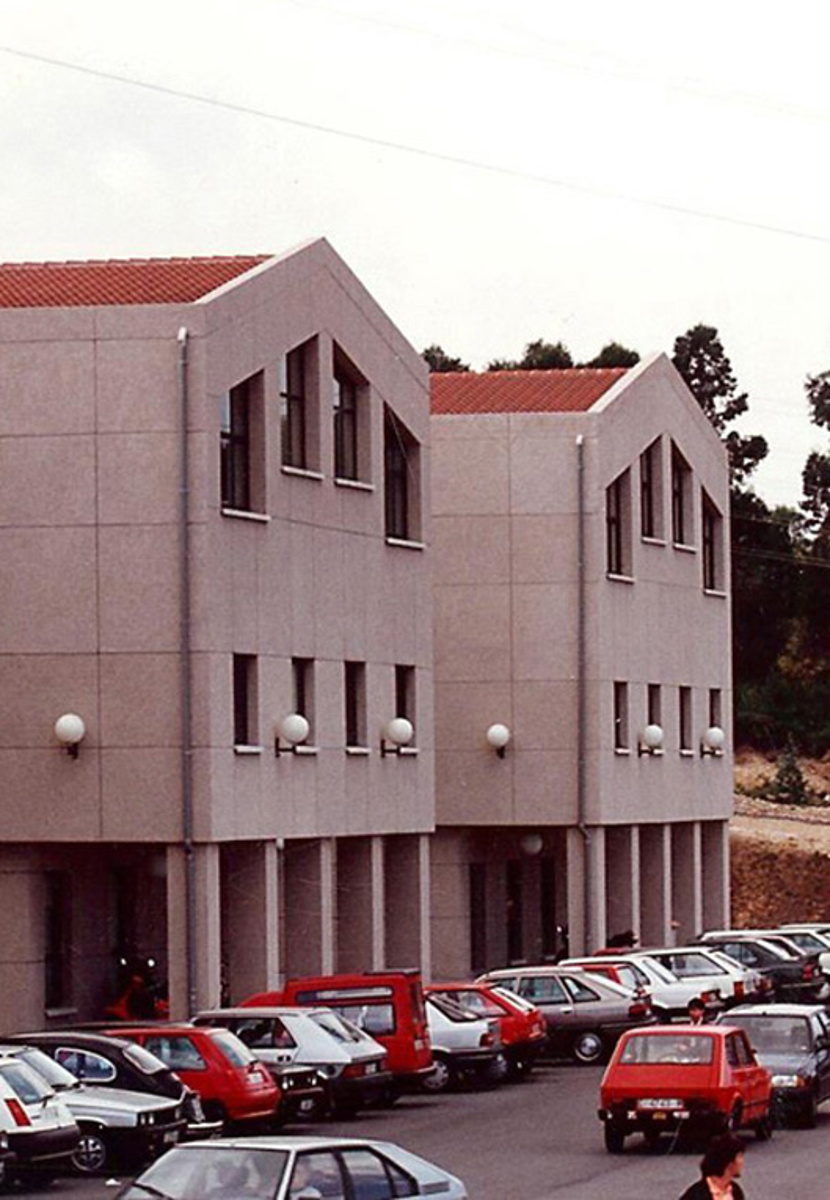
Itinerary curated by
MITMA
Ministerio de Vivienda y Agenda Urbana
Means of transport
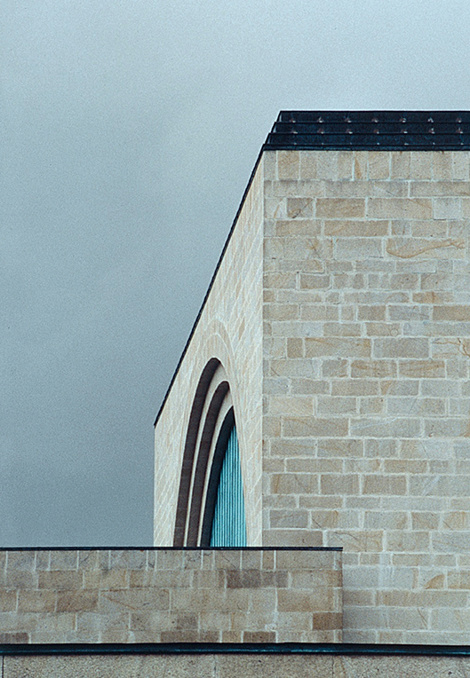
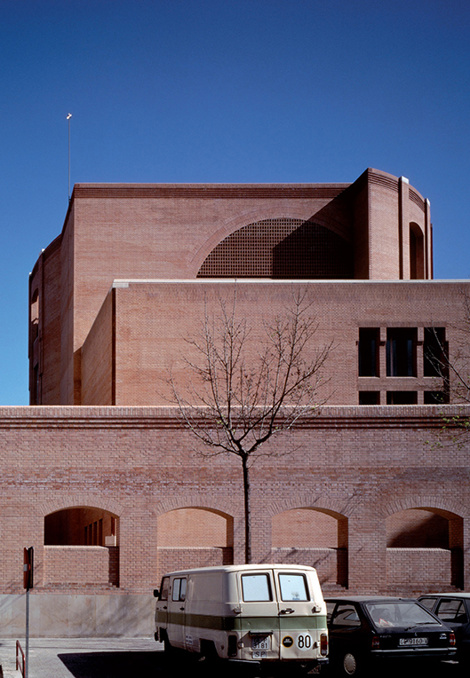
The buildings that shape this itinerary reveal two fundamental manifestations of this change of focus. The first is the recovery of pre-modern languages, geometries and materials. Archetypal forms -Expansion of the Aulario Campus in Zapateira-, classical arches and orders -{Auditorio de Galicia in Santiago de Compostela||0000011639}-, stone and brick -Banco de España in Girona- returned to the forefront of the profession and of major public architecture.The second was the rehabilitation of past architecture and intervention on historic buildings as a central task of the architects of the time. Within this category there are two different approaches depending on the heritage value of the works intervened. Thus, in those buildings of great importance in the imaginary of cities and administrations, interventions such as the Adaptation of the Candelaria bastion to the Maritime Museum or the {Rehabilitation of the Palace of the Counts of Benavente||0000004487} were based on dialogue and continuity, placing the elements of the past as the protagonists of new museums and cultural institutions.
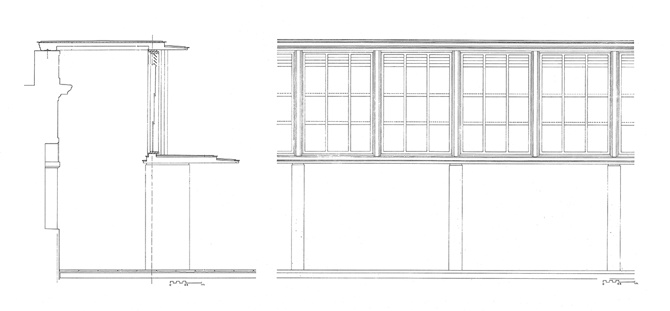
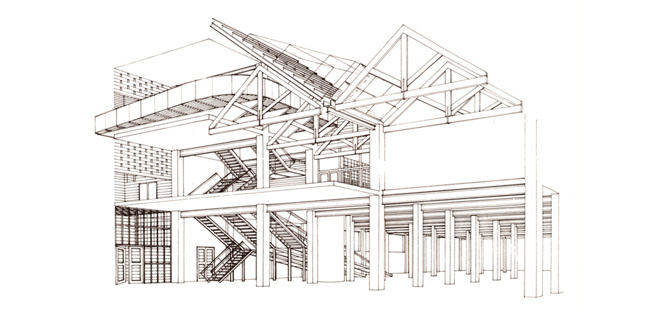
In more humble and less symbolic buildings from a heritage point of view, such as factories and industrial constructions, we find, on the contrary, interventions that deployed a new language from their encounter with the existing. The Josep Maria Jujol School and the Remodelling of the La Llauna Factory into the Secondary School, dedicated to training the citizens of the future, teach us that innovation is not at odds with the past, but can in fact be nourished by it.
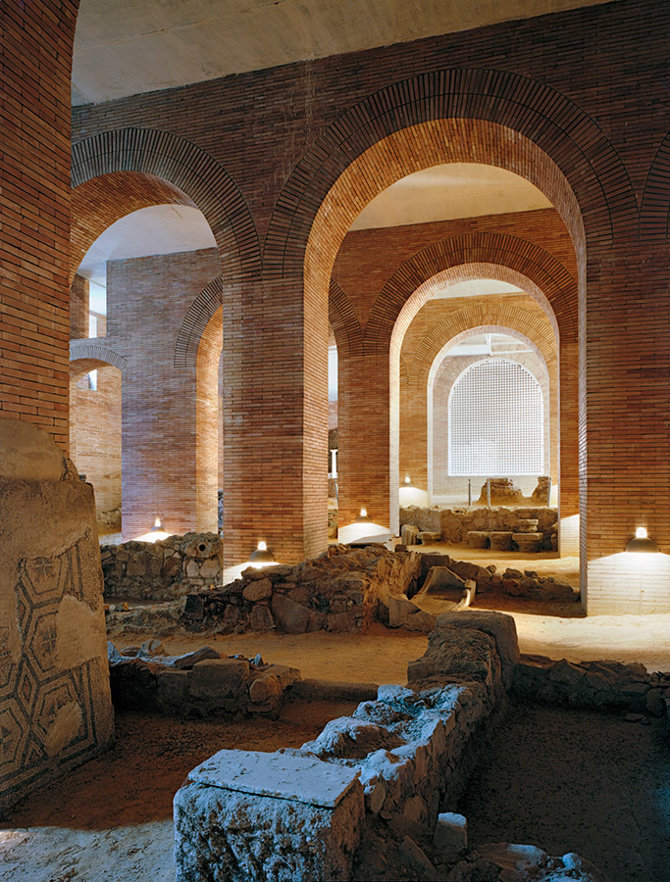
We close the itinerary with the work that, situated halfway between these two tendencies and manifestations, captures like no other the change of focus that encouraged the recovery of the forms of the past for the construction of the present during the 1980s. The National Museum of Roman Art in Mérida, the first national museum built outside Madrid, was built on the archaeological remains of Roman Mérida, respecting the integrity of its traces and using its construction systems in its sequence of arches and brick walls. And, at the same time, its spatial organisation did not give up demonstrating its contemporary identity, giving rise to a meeting of different voices that show us that architecture, however much it aspires to permanence, is always linked to the ups and downs of time.







